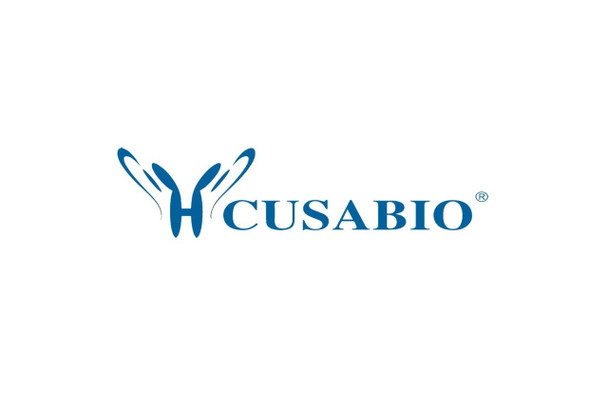Cusabio Polyclonal Antibodies
RIN1 Antibody | CSB-PA580053
- SKU:
- CSB-PA580053
- Availability:
- 3 to 7 Working Days
- Size:
- 100ul
Description
RIN1 Antibody | CSB-PA580053 | Cusabio
RIN1 Antibody is Available at Gentaur Genprice with the fastest delivery.
Online Order Payment is possible or send quotation to info@gentaur.com.
Product Type: Polyclonal Antibody
Target Names: RIN1
Aliases: Ras and Rab interactor 1; Ras inhibitor JC99; Ras interaction/interference protein 1;
Background: Ras effector protein, which may serve as an inhibitory modulator of neuronal plasticity in aversive memory formation. Can affect Ras signaling at different levels. First, by competing with RAF1 protein for binding to activated Ras. Second, by enhancing signaling from ABL1 and ABL2, which regulate cytoskeletal remodeling. Third, by activating RAB5A, possibly by functioning as a guanine nucleotide exchange factor (GEF) for RAB5A, by exchanging bound GDP for free GTP, and facilitating Ras-activated receptor endocytosis.
Colicelli J., Proc. Natl. Acad. Sci. U.S.A. 88:2913-2917 (1991) .
Han L., Mol. Cell. Biol. 15:1318-1323 (1995) .
Han L., Proc. Natl. Acad. Sci. U.S.A. 94:4954-4959 (1997)
Isotype: IgG
Conjugate: Non-conjugated
Clonality: Polyclonal
Uniport ID: Q13671
Host Species: Rabbit
Species Reactivity: Human, Mouse, Rat
Immunogen: Synthesized peptide derived from internal of human RIN1.
Immunogen Species: Human
Applications: ELISA, WB
Tested Applications: ELISA, WB;WB:1:500-1:3000
Purification Method: The antibody was affinity-purified from rabbit antiserum by affinity-chromatography using epitope-specific immunogen.
Dilution Ratio1: ELISA:1:2000-1:10000
Dilution Ratio2: WB:1:500-1:3000
Dilution Ratio3:
Dilution Ratio4:
Dilution Ratio5:
Dilution Ratio6:
Buffer: Rabbit IgG in phosphate buffered saline (without Mg2+ and Ca2+), pH 7.4, 150mM NaCl, 0.02% sodium azide and 50% glycerol.
Form: liquid
Storage: Upon receipt, store at -20°C or -80°C. Avoid repeated freeze.
Initial Research Areas: Neuroscience
Research Areas: Epigenetics & Nuclear Signaling;Neuroscience;Cancer;Signal transduction






